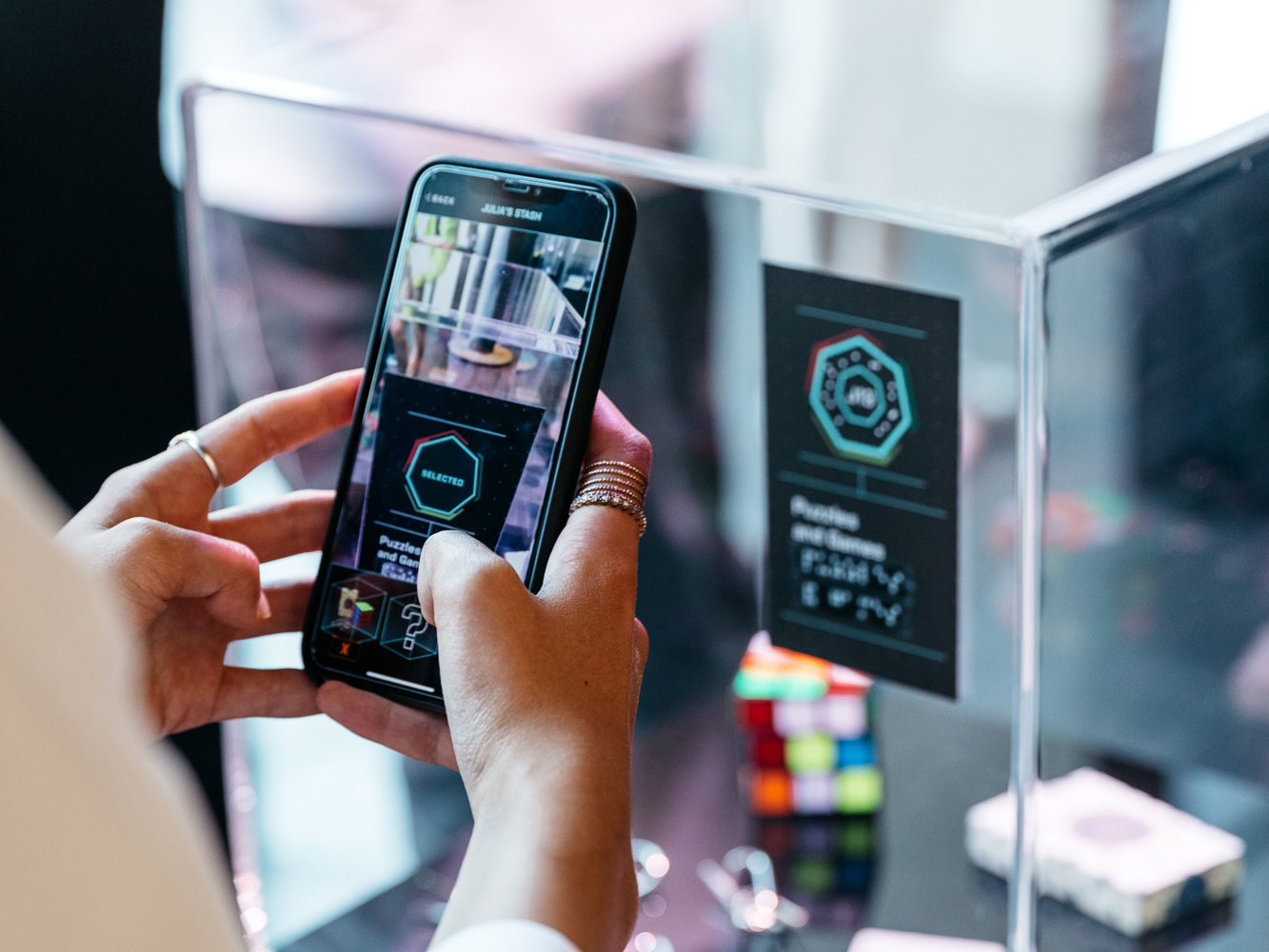Posted 23 Oct

At the start of the year, automation and artificial intelligence were challenging the future of work, and the climate crisis was reshaping our expectations of the economy and nature. And then COVID-19 hit. These large shifts are changing the practices of museums, and as a result new ideas and practices are emerging in digital spaces.
We sat down with UniSA microplacement student Makayla Coulter to learn more about her review of some of these changes.
Makayla: The key things were closures of museums because of lockdowns. This meant many museums put exhibitions online so that they could still interact with the public. I also found that artists were expanding to online and by doing so getting more interactions and knowledge from the public about the work that they do. Practically, I also saw museums creating apps to use whilst going through the exhibitions so people are not using the same surfaces as others. Many museums were using the opportunity to reach out to people and communities that had not been included in the museum before the pandemic and also being able to create jobs for those with disabilities.
Makayla: The point of intersection is that museums around the world are trying to convert the majority of their exhibitions to be e-friendly. By doing this they have moved their exhibitions online, with less paper in the museums.
It’s also interesting to look at how museums acknowledge First Nations peoples. When I was looking at the new ACMI website, when you open it, it does give the acknowledgment of the Traditional Owners, the Wurundjeri and Boon Wurrung people of the Kulin Nation. Not many museums do this, and it is a very important fact in Australia.
Makalya: It’s clear that museums are experimenting with approaches that would best suit their audiences. For example, thinking about how to changing the exhibits so that they are still visible and interactive online to the public just like they would be in person. Some of the impacts are around how people change their views on the value of the museums. For museums they were also able to reach a wider range of audiences across the globe not just in that city.
Makayla: In my microplacement I was able to visit the current exhibition, test interactives for next year’s exhibition and learn about the design of a new online exhibition. I saw that MOD. was:
Makayla: I learned that that there has only been one at MOD. The next one will start by looking at the inside of us than expanding outwards. There will be a lot of different ideas brought to people for the exhibition. There will be a game that has been used previously in the last exhibit that went well and as an educational tool. There will be images, podcasts, quizzes, gaming, workshops, chat bots, virtual theatres, and new artworks. I know that when it is ready late next year that I will be coming down to have a look and see how it all turned out.
Makayla: I believe the way that other museums could improve is to have the interaction with QR codes or apps like MOD. Before coming here, I have been to a few museums and nowhere I have been has these. I believe it is a great way of learning and creating a bond between the participant and the museum so that they can keep coming back for future exhibitions. I also believe that every museum should have an action plan or to have a website to people can create awareness of climate change and what the public can do to slow it down. Also going paperless with a map of the museum will save a lot of paper as well. Just becoming e-friendly in general and minimising the waste of paper.
I also like the way that ACMI and MOD. are having people from the museum interact with people online. Especially since ACMI hasn’t re-opened yet, this online communication and relationship is really important to give a better understanding from both parties.
Makayla: It has made me realise that there can be a lot of different things included on an online exhibition. With the things in the new online exhibition I am excited to see in the future what MOD. can do to create a great connection between online and its audience. With seeing what MOD.can and has produced in the past it will fascinate me what other museums can do for online exhibitions. Something that will be interesting is what other museums think of the new online exhibition and how they react to it. I believe that it will bring more of the public in as it accessible for everyone in the world and the artists that have helped with the exhibition will get recognition as well.
Something that has helped is the fact of how art has changed. To seeing the exhibition’s that are on now currently at MOD. to seeing the future ones has been amazing. Not just the ones in the museums but the exhibition that has been online as well.
Thanks to Makayla Coulter for joining MOD. for a microplacement. Makayla is currently undertaking a Bachelor of Arts Teaching majoring in English and History at the University of Australia.